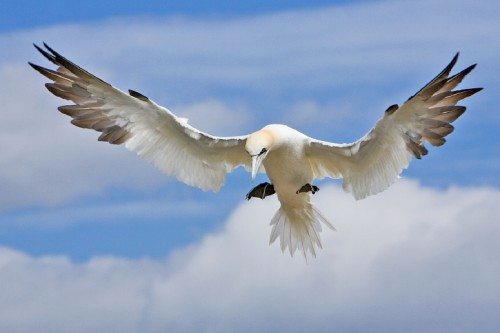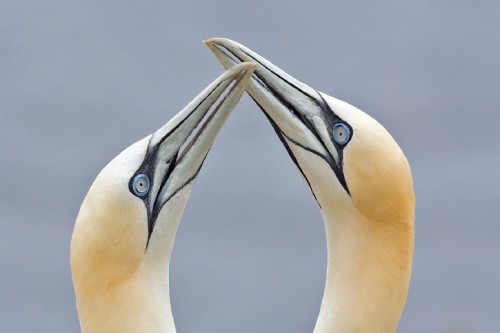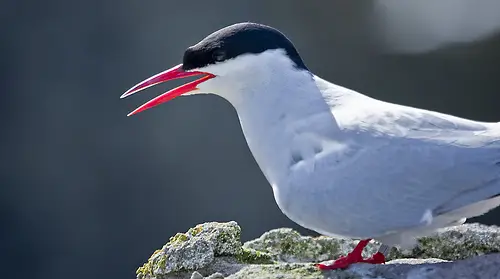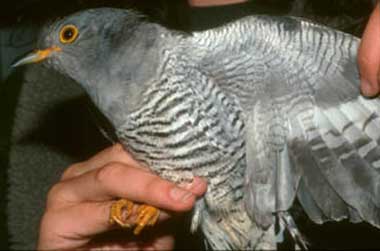Northern Gannet
The Northern Gannet is a seabird and it is the largest member of the gannet family. Its old names include the Solant Bird, Solan, and the Solan Goose. It was first described scientifically by Carolus Linnaeus in 1758.
When the Northern Gannets are young, they are ark brown in the 1st year. Gradually, they become more white in colour until they reach maturity after 5 years. Adults are 81 to 110 cm long and weigh 2.2 to 3.6 kg. They have a wingspan of 165 to 180 cm. Before fleding, immature birds which are about 10 weeks old can weigh more than 4 kilograms. Their plumage is mostly white except for their black wing tips. Their bill is light blue. Their eye is also a light blue and it is surrounded by bare skin which is black. During breeding, the colour of their neck and head are brushed with a delicate yellow.
Their breeding range is the North Atlantic. Northern Gannet nests are in large colonies. These are usually on cliffs that overlook the ocean, or on small rocky islands. The largest colony of the Northern Gannet is at Bonaventure Island in Quebec. There are over 60,000 couples here. However, 68% of the world’s Northern Gannet popluation breeds around the coast of Great Britain. The largest colony is on Bass Rock in Boreray, St Kilda.
In the UK, Northern Gannets are a protect species. However, a legal exception is made for those living in Ness (also known as Nis) which is on the Isle of Lewis. This community is allowed to kill up to 2,000 gannets which are locally known as ‘guga’ per year. This is because they are a traditional local delicacy here, and the taste of this bird is described as being fishy.
Northern Gannet couples will remain together over several seasons. There are elaborate greeting rituals at the nest. This includes stretching their bills and necks skywards and gently tapping their bills together.
These animals are agile fliers and spectacular divers. However, they are a bit clumsy during take off and landings. They eat small fish which gather in groups near the surface. They are opportunistic and will consume cod, smelt, and herring. Predators of the Northern Gannets eggs and nestlings include Herring Gulls, Great Black-backed Gulls, Common Ravins, the red fox, and remine. The only known natural predator of adult Northern Gannets are the Bold Eagle. It is thought that large seals and sharks may also snatch a Northern Gannet out at sea.




